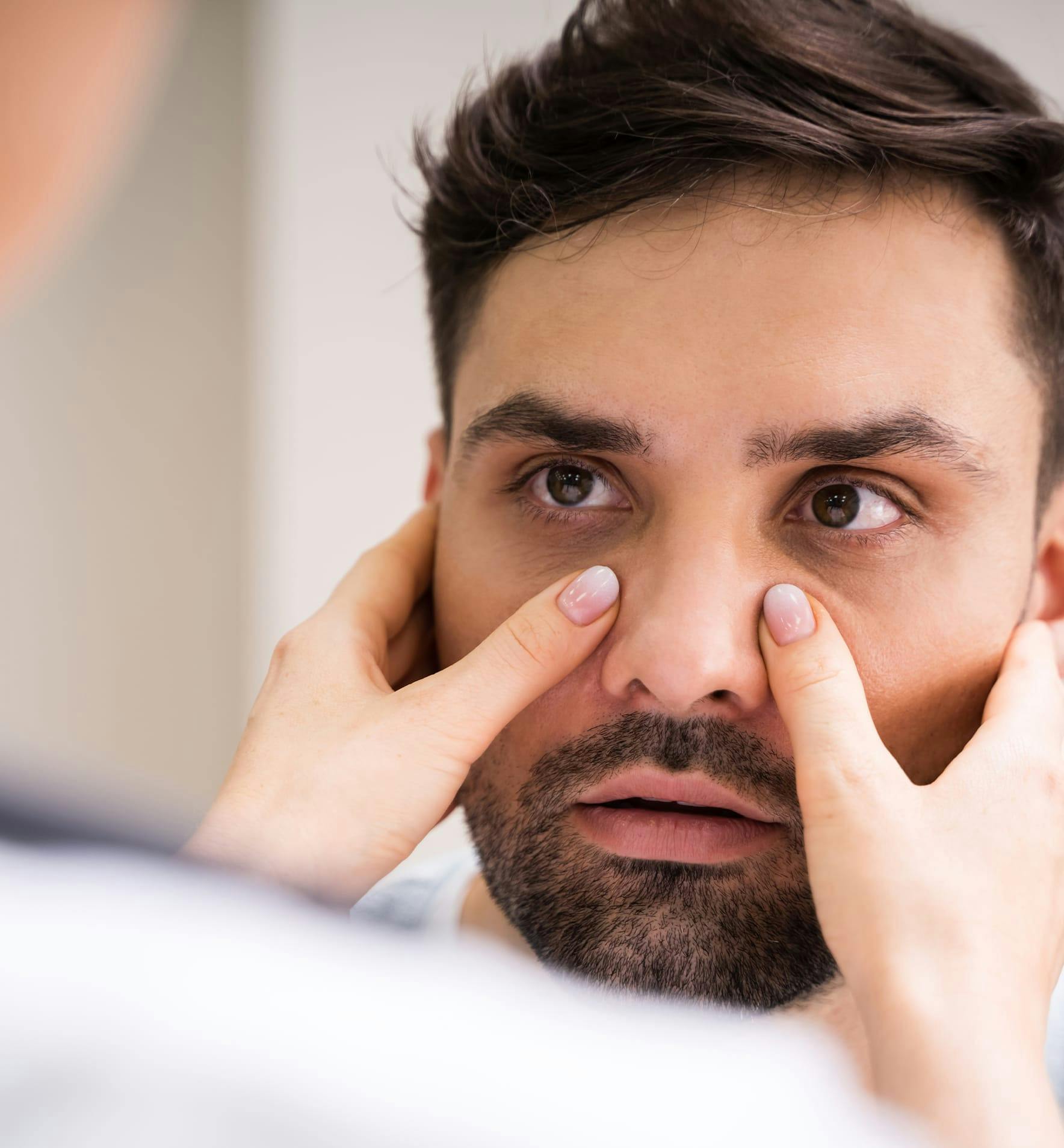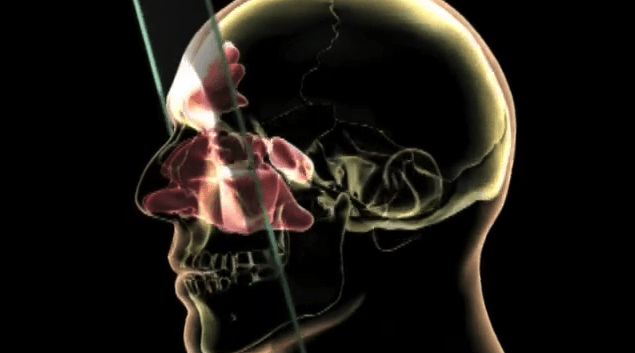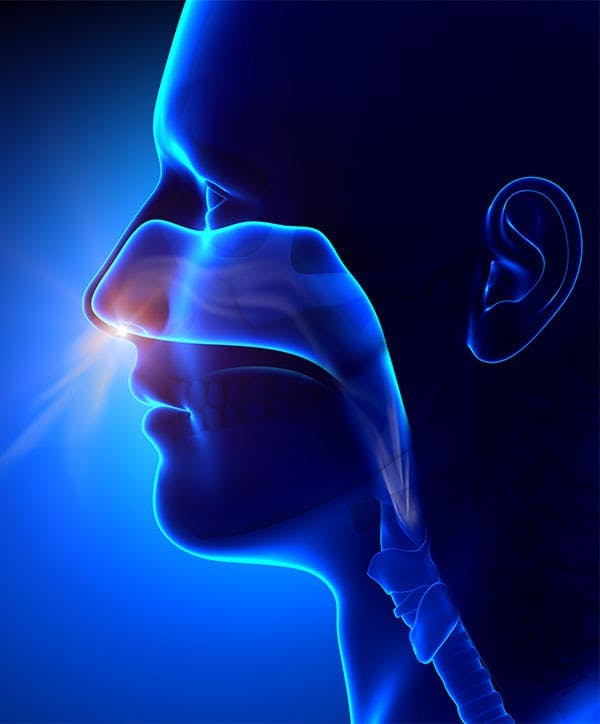Many people struggle with sinus conditions that have unpleasant symptoms, whether acute or chronic.
What is a balloon sinuplasty?
A balloon sinuplasty could be performed in a hospital, outpatient surgery center or in a doctor’s office. A minimally invasive procedure, it is performed to treat chronic sinusitis. This treatment is indicated for those who have recurring sinus inflammation and infection, but do not have nasal polyps, and is performed with local anesthesia and intravenous sedation, or in some cases, with general anesthesia.
The ENT performs this surgery by inserting a catheter connected to a wire and a small balloon, through the nostril, near the opening to the sinus cavities. Through the catheter, the sinuses are cleansed with a saline solution, and the balloon inflated to enlarge the cavity for improved drainage. The balloon is then deflated and removed, but the sinus remains open. This procedure gently reconfigures the structure of the bones in the nose, restoring normal sinus drainage, and results in very little post-operative pain or bleeding. When a balloon sinuplasty is complete, the patient is free to return home.








